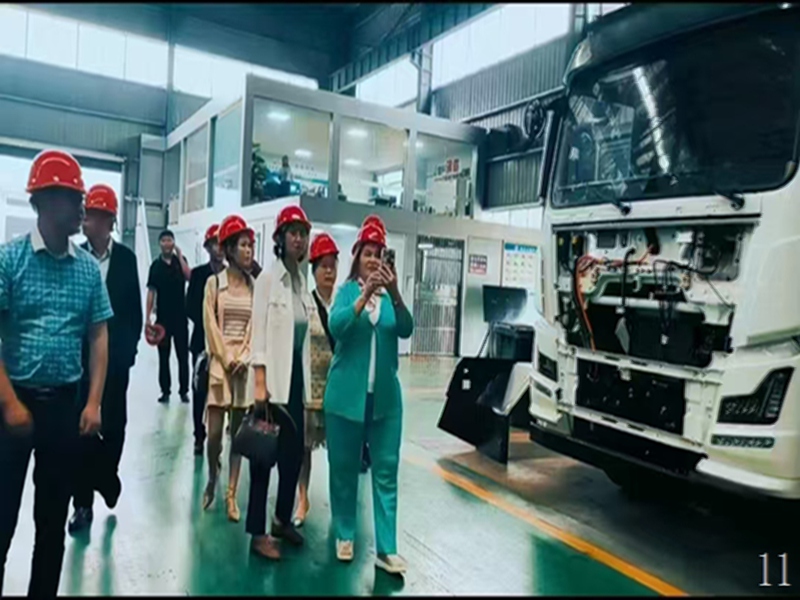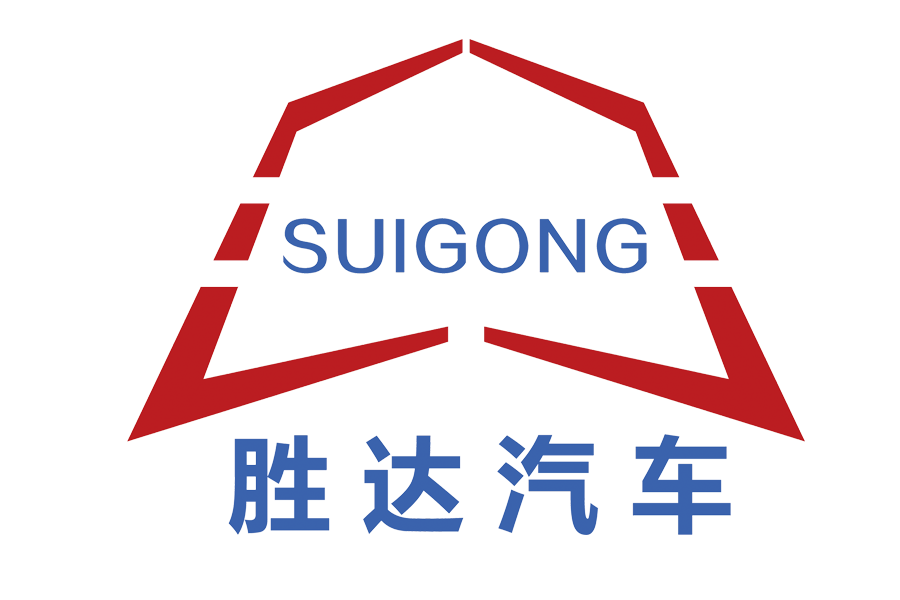Saltwater-Resistant Safety Equipment: The tanker is equipped with a dual leak detection system—10 fiber-optic sensors on the tank wall (monitoring for corrosion-induced leaks) and 6 oil-gas concentration sensors in the tank top (preventing explosion risks). The system is designed to withstand high humidity and salt, with sensors coated in a waterproof, anti-corrosion film. If a leak or high gas concentration is detected, the system triggers an immediate shutdown of the loading/unloading process and sends alerts to HETC’s on-site dispatch center via a dedicated port communication network. Additionally, the tanker’s electrical system is explosion-proof (meeting EX d IIB T4 standards), ensuring safety in the port’s oil vapor-rich environment.

National VI Emission & Energy Saving:Diesel tanker The engine adopts a selective catalytic reduction (SCR) system and a diesel particulate filter (DPF), fully meeting National VI emission standards. NOx emissions are reduced by 70% and PM emissions by 90% compared to the old National IV models,Diesel tanker fully complying with the port’s environmental regulations.Diesel tanker The engine’s idle stop-start function (activated when waiting for loading/unloading) reduces fuel consumption by 15% during idle time—critical for port operations where vehicles spend 30% of their time waiting. The fuel consumption is reduced to 25 liters per 100 kilometers, a 22% decrease from the old tankers Diesel tanker.
Anti-Collision & Visibility Enhancement: The tanker is fitted with 4 cameras (front, rear, and two sides) providing a 360° view on the cab’s 12-inch display, helping drivers avoid collisions with container trucks and port machinery. LED work lights (with a brightness of 5,000 lumens) are installed around the tank, ensuring clear visibility during night operations (the port operates 24/7). Reflective strips with high visibility (meeting international maritime safety standards) are pasted on the tank’s sides and rear, improving recognition by other port vehicles.
Port GPS & Real-Time Scheduling: new condition tanker truck Each tanker is equipped with a GPS system customized for the port, which connects to the port’s traffic management platform. The system displays real-time information on road congestion new condition tanker truck, loading terminal availability, and storage tank capacity, allowing HETC’s dispatchers to assign the nearest available tanker to each task. Diesel tanker For example new condition tanker truck, if a cargo ship docks suddenly requiring marine fuel,new condition tanker truck the system can dispatch the closest tanker within 5 minutes, Diesel tanker reducing response time by 40% new condition tanker truck.
Loading/Unloading Data Automation: tanker truck The tanker’s loading/unloading system is connected to HETC’s inventory management software tanker truck.tanker truck The system automatically records the quantity, type, and time of oil loaded/unloaded,tanker truck eliminating manual data entry errors (which previously accounted for 10% of inventory discrepancies) Diesel tanker. tanker truckThe data is synchronized with the port’s customs declaration system, simplifying the process of oil import/export verification tanker truck .
Predictive Maintenance for Port Operations:Diesel tanker tanker truck The system collects data on the tanker’s usage in port-specific scenarios (e.g., number of start-stops,Diesel tanker low-speed driving time, and exposure to saltwater). AI algorithms predict maintenance needs—for example, alerting to replace the anti-salt corrosion layer after 4 years of use, or cleaning the DPF filter after 1,500 hours of operation. Diesel tanker This reduces unplanned downtime caused by port-specific wear and tear Diesel tanker.

